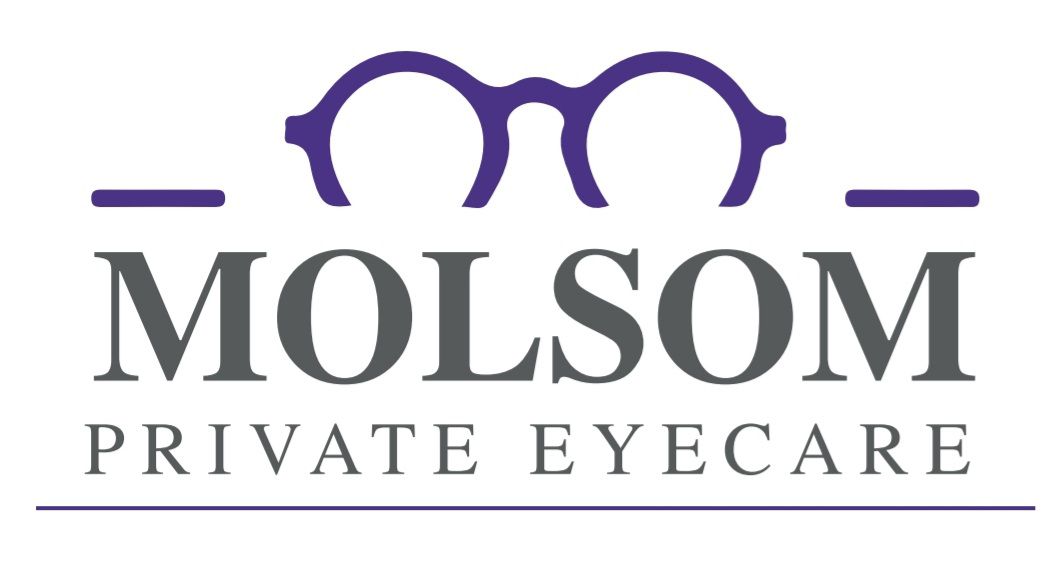Highlighting the Benefits of 3D Viewing – January 2013
Binocular vision is the ability to align both eyes accurately on an object and combine the visual images from each eye into a single, in-depth perception. It is the reliance on binocular vision that makes us perceive 3D imagery on TVs and game consoles.
There are actually many technical variations on 3D imagery for TV. The display either shows two perspectives of an image to your eyes at different times (active glasses) or both perspectives are on the screen at the same time but each eye is only able to see one perspective because of eyewear or a special filter on the screen.
The ability to perceive depth in a 3D presentation turns out to be a highly sensitive test of a range of vision health indicators. This is because 3D viewing requires that both eyes function in a co-ordinated manner, as they converge, focus and track the 3D image.
The good news is that for the 1 in 4 children that may have underlying issues with vision, 3D viewing can help identify and even treat these undetected problems. These conditions generally respond well to treatments afforded by a comprehensive eye exam. As an added benefit the treatments will additionally assist the child in almost all reading and learning tasks.
Quite simply, people who have even a small vision misalignment or those who don’t have equal vision in both eyes may not be able to see 3D images properly. Individuals with unstable focusing or difficulty in coordinating vision with other senses can experience headaches and other uncomfortable side effects from viewing 3-D movies.
Symptoms indicating a potential problem with the ability to see images in 3D vary from person to person, but most often experience headaches, blurred vision and dizziness.
Symptoms to look out for:-
- Is the 3D viewing experience not as vivid as it is for others watching the same picture?
- Do you experience eyestrain or headaches during or after viewing?
- Do you feel nauseous or dizzy during or after viewing?
- Are you more comfortable viewing 2D TV or movies instead of 3D TV/movies?
- Is it difficult for your eyes to adjust back to normal after watching 3D TV/movies?
Watching 3D programming can unmask issues such as lazy eye, convergence insufficiency, poor focusing skills and other visual problems people might not have previously known existed.
Optometric vision therapy can re-educate the brain to achieve single, clear, comfortable, two-eyed vision that improves eye coordination, focusing and eye movement, ultimately enhancing the 3D viewing experience.
The Nintendo 3DS, lets users play 3D games without having to slip on a pair of special glasses. The process works thanks to a special screen that projects a 3D autostereoscopic effect. The 3D works without glasses by presenting slightly different images to each eye, tricking the brain into seeing depth. Nintendo suggest this effect is not to be used for children under 6 years old. However, it should be noted that the Nintendo 3DS’s 3D effects can be turned off entirely via a slider on the handheld.
Children’s’ eye muscles go through a lot of growth and adjustment before their sixth year, and as of yet, there’s no official documentation on how 3D images might affect the visual development of very young children, if at all.
There is no conclusive evidence that 3D imagery does harm eyesight, but moderation should always be practised when playing 2D or 3D video games. Children should take breaks after half an hour or so of play. If dizziness or any other illness comes to the fore, stop playing immediately.
Recent reports also pointed out those children who do have trouble viewing 3D images may in fact have an underlying vision problem that should be dealt with right away, by means of a comprehensive eye examination by an optometrist.
